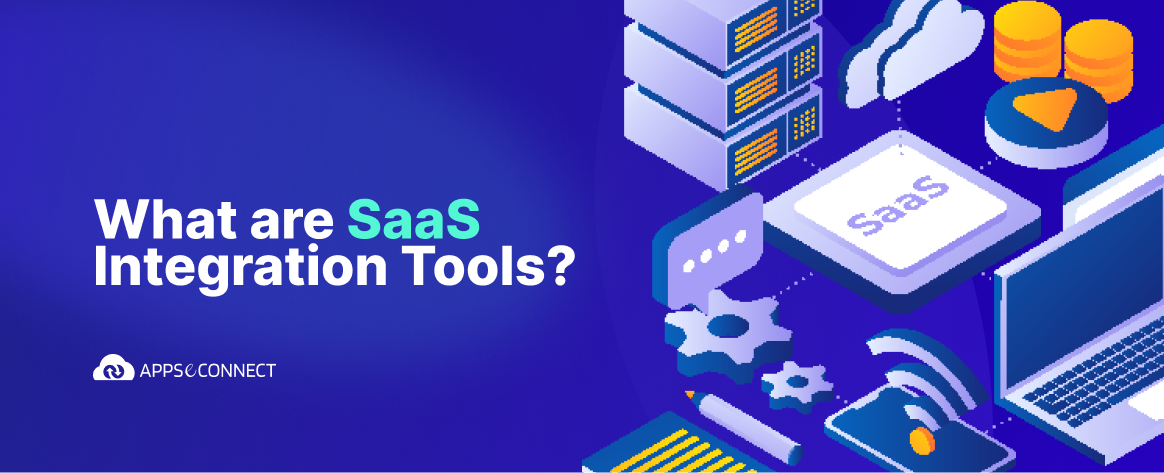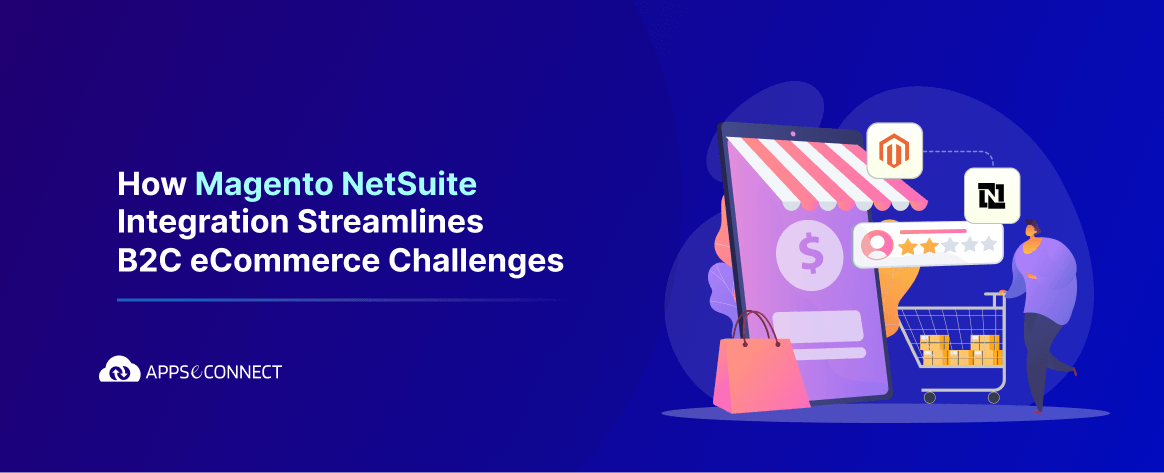If you looked around, you would probably find a number of business organizations still using Magento’s earlier versions, despite the release of Magento 2 a couple of years ago. What’s more important is that in April 2017, Magento 2.1.7 was released, and businesses that have been using the latest versions are a happy lot. If you are one of those business entrepreneurs who still hasn’t upgraded to the new version of Magento, you might probably wonder what the hype is all about. Magento 2 is getting rave reviews by tech insiders, software critics, and just about every business that has migrated to this new version. In this article, let us take a look at why companies are stirred by Magento 2, and why you should probably migrate too, as soon as possible.
It is also crucial to know that by the end of 2018, all support for previous versions of Magento will be discontinued, and businesses will have to migrate even if they had no plan for it. We hope that this article will provide you with the knowledge required to migrate to the latest version. After all, you don’t want to fall behind in the race with other e-commerce stores and competitors, do you?
Below are ten things that businesses and individuals absolutely love about Magento 2.
1. Easy to migrate
If you thought it would be difficult to migrate from your previous version of Magento to the latest version, you are probably right. However, Magento 2 gives extensive migration documentation and suggestions on how to do it best. You will need to migrate the themes that you have installed, and if you have made customization, they need to be migrated as well – data can be migrated using the Migration Tool; extensions can be migrated using the Common Marketplace; and Magento provides documentation and tips which will help you migrate themes and customization to the newer version. In other words, though it may seem difficult, Magento has already got your back if you chose to migrate.
2. Tons of extensions
One of the most important features of Magento is the availability of extensions in the marketplace. These extensions help companies and admins customize their themes and provide features on their websites, that otherwise might not have been possible. If you are worried that you will lose the extensions that come with Magento’s previous versions, fret not. Magento is working with several extension developers to ensure that the migration process is smooth and frictionless. Of course, you will have to get an extension or two developed individually, if your business requirements are unique. However, for everyone else, a little customization should be enough to get their website readied for Magento’s latest version.
3. Faster and more powerful
Magento 2 is 25% quicker than its previous versions and that directly translates to your store loading quickly, and your website’s performance boosting incredibly by a significant percentage. This is, however, a very large proportion. Businesses are raving about the new version because when their stores load quickly, they also end up having more sales. The increment in performance will likely help in clearing up inventories quickly and ensuring that the business runs smoothly without downtime or technical glitches.
4. Great user experience
The new UX is flat and minimalist, which makes it more intuitive to use. There are several new features such as being responsive, having touch sensitiveness, and being able to use it on almost any mobile device. It is very easy to create editorial templates by just dragging and dropping the elements. Most importantly, columns can be configured to help navigate through catalogs easily. Searching for information and navigating through the CMS is easy as well. This makes Magento 2 very intuitive and user-friendly. Businesses love the new distinctive design because it is now easier to get employees to work with Magento interface, so that store operations run much more smoothly.
5. Quicker checkouts
The store now assumes that guests will want to check out, and will not force registrations or other such tedious steps. The checkout process has been reduced to just two steps and email addresses are automatically recognized if the user is logged into an email account. It is also worth noting that users will not be shown shipping rates until all details are completed so that even if they choose to abandon their carts, you still have their details to pursue them at a later time. Users are asked for billing address only when they try to pay for the goods. All these new features enable faster checkouts and reduce cart abandonments.
6. Superior catalog management
Managing your products is easier with Magento 2. All you need to do is pick an image of your product, add some text and then it gets added to your catalog. You can set up more than 150,000 products this way in almost 5,000 categories. Without extensions, you can expect your store to handle almost 100,000 page views every hour. If you use an extension or invest in customization, you will be able to manage your catalog better. In short, this new update brings superior features to catalog management, which is very helpful to the Magento 2 business owners.
7. Excellent analytics and report generation
One of the biggest requirements of business users of e-commerce CMS is that they are able to access reports and study user behavior using analytics. While previous versions of Magento did come with many useful features that allowed users to access reports and analytics, Magento 2 takes it a notch ahead. The newer version supports Google Tag Manager and Google Analytics, both of which are built into the system. These tools help businesses to track visitors, gain insight about user engagement, and nominator web traffic. All this information also helps businesses in improving their content marketing strategies too.
8. Easy to integrate with other apps
In recent times, many business organizations have begun to integrate their e-commerce stores and tools with their back-end ERPs and other applications. This helps them to eliminate multiple copies of data, streamline all business services, and bring a cohesion between the backend and frontend processes. With this in mind, Magento 2 is uniquely equipped to handle integration challenges because its API is easily available to multiple developers, and as it is open source, there are no restrictions applicable when it comes to accessing data stored on the CMS. Magento 2 has kept integration with ERP and other applications in mind, and thus, has made it easy for developers to come up with connectors that help in integrating Magento with other tools seamlessly. Integrating Magento 2 with other applications such as an ERP and HRMS will give a better control over the data and operations to be executed, and this is a major contributing factor to explain why businesses are excited about the latest version – Magento 2.
9. Uniform experience across devices
One fascinating fact about Magento 2 is that it is device-responsive, and its themes are designed in such a manner that they are equally accessible on all sorts of devices. Whether you are using Magento interface on a smartphone or a tablet or a desktop computer, all its admin features and dashboards are easily available. Even the customers and web visitors will find it easy to access any particular Magento 2 website on their mobile devices, regardless of the screen size or the platform. This uniform experience ensures that both the customers and the employees are not distracted, and feel comfortable using the interface intuitively. This naturally translates to better employee work performance and increased sales. It is often noted that employees often complain about chaotic interfaces especially when they try of access admin panels from their mobile devices. Similarly, customers can feel at home each time they browse onto the Magento 2 website on different devices.
10. Extensive support for developers
The latest version of Magento is loaded with features and enhancements that help developers to quickly customize or develop it further. Many business organizations often have very specific customization requests and Magento 2 comes with templates, modules, add-ons, and other such features which help developers to quickly develop not only just websites but also apps and extensions. Most importantly, Magento 2 has a large community of developers who are always available for consultation, training, and support. These features make Magento 2 very adaptable to further development, and developers have already found it very easy to work with. Similarly, businesses are happy with Magento 2’s extensive support for developers as this allows them to request for customizations that would otherwise take a long time and lot of resources.
Most businesses are quickly migrating towards Magento 2 because previous versions will no longer be supported from next year. However, many of them are also migrating quickly because it makes sense to access all these amazing features that come loaded with Magento 2. Instead of waiting until the last moment to migrate your data, it makes sense to do it as soon as possible to reap the benefits. Most importantly, if you plan to integrate Magento 2 with your ERP, it is better to start with migrating to the latest version of Magento itself as soon as possible, so that contingency plans can be drawn.
Now, you can easily integrate your Magento store with the back-end ERP/CRM and automate your business process!

You may also like:
Magento Commerce Digital Cloud – All You Need To Know!
Webinar Recap: Extending Magento’s Capabilities to Increase Efficiency and Accelerate Growth
Top 10 Magento Themes for your Ecommerce Business





















